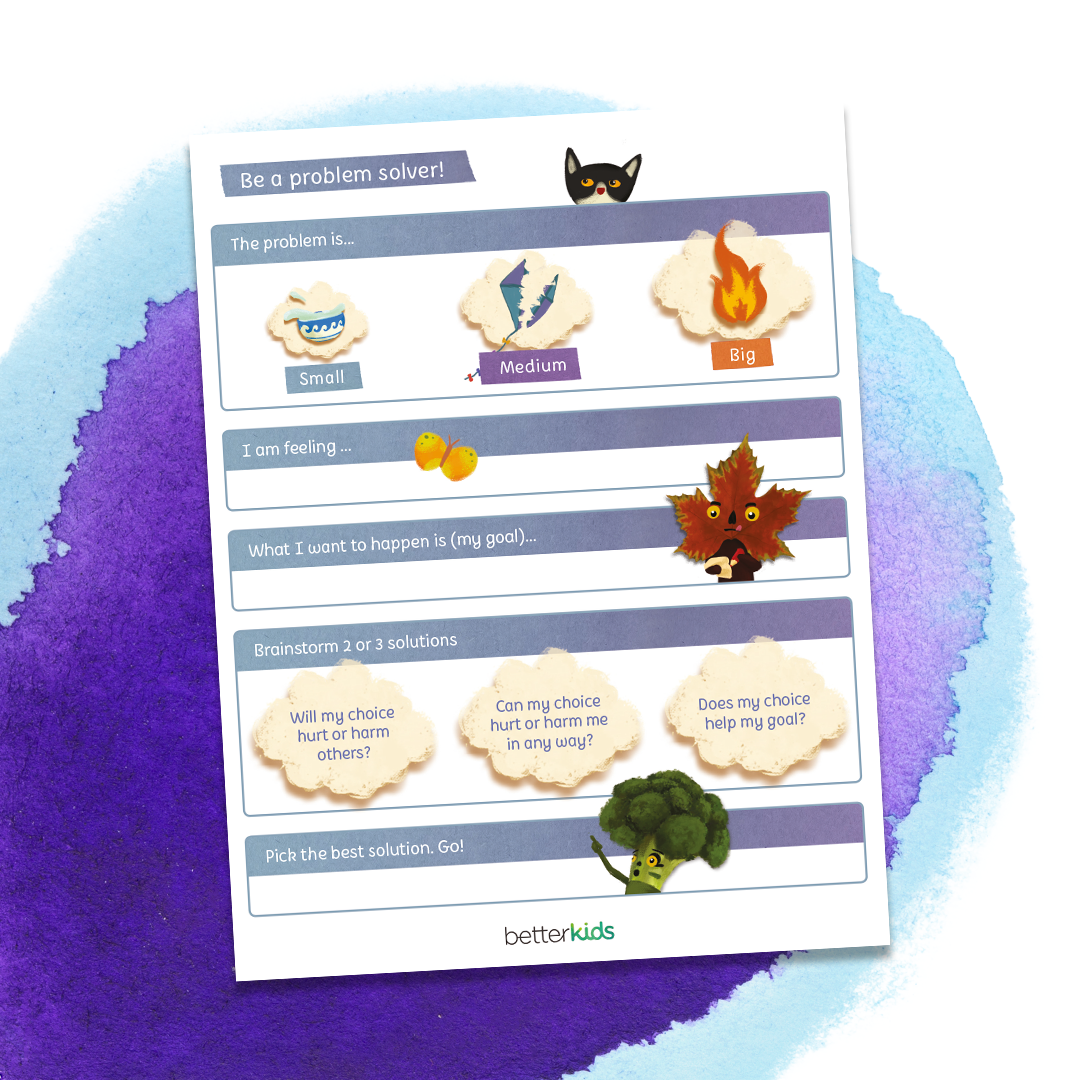Everyday Mindfulness
Mindfulness has become a popular term in the workforce for adults to increase productivity and positivity. Mindfulness may look differently depending on your child’s age and stage of emotional development. For example, for my three and four-year-old students we take two minutes after recess to calm our bodies, take a deep breath, and get our minds ready for going back to the classroom. Mindfulness can support a child’s understanding of social emotional learning. For kids, mindfulness can be a superpower! While mindfulness is specifically an exercise for self-awareness, each of CASEL’s five core competencies of social emotional learning are interconnected, therefore mindfulness can play a role in strengthening each one.
1. Foster Your Child’s Self-Awareness
First, what is mindfulness?
Mindfulness: A mental state achieved by focusing one’s awareness on the present moment, while calmly acknowledging and accepting one’s feelings, thoughts, and bodily sensations.
Mindfulness plays a significant role in strengthening self-awareness. Being in the present moment helps one to be more aware of their present thoughts and emotions. Children can observe their own thoughts without being carried away by them. Mindfulness for ourselves sets the tone for how we approach managing our emotions, creating positive relationships, and making responsible decisions. When I was growing up my mom would ask my sisters and I, “What’s the story?” Without realizing it, she was engaging us in a conversation about what we were thinking about, what emotions we were feeling, and how those emotions were affecting our behavior in the moment. Focusing on self-awareness gives us an opportunity to focus on our strengths and develop a sense of empowerment. We are more aware of our emotions when we are focused on how we feel in the present moment and those emotions will feel less scary when we are confident we know how to manage them. A Daily Schedule can help your child be mindful of their day and to reflect on behavior throughout the day.
“The present moment is filled with joy and happiness. If you are attentive, you will see it.” -Thich Nhat Hanh
2. Strengthen Your Child’s Self-Management
It is hard to manage emotions when our minds are cluttered with worries. When I start to feel anxious I ask myself, “Am I mindful or is my mind full?” I remind myself to be mindful of how my emotions are reflected in my behavior and my focusing on present moment certainties I can remove the worries and distractions that are making my mind feel full. Mindfulness helps us to take the time to declutter worries, let go of what cannot be controlled, and focus on what can be controlled. Social emotional learning helps empower kids with the knowledge and tools to regulate their emotions, even the big emotions. Managing stress becomes easier when we accept we cannot always control the situation but we can manage how we react. By removing our worries when we are mindful, we can focus instead of positives. Reconnecting with positivity is a tool kids (and adults) can use when managing anger, anxiety or fear. An activity your child can do at home to reconnect with positivity is to visualize their happy place. Next time your child feels anxious or angry they can visualize their happy place to feel calmer.
“The secret of health for both mind and body is not to mourn for the past, worry about the future, or anticipate troubles, but to live in the present moment wisely and earnestly.” - Buddha
3. Nurture Your Child’s Social Awareness
While we are mindful of our own emotions we might also take the time to reflect on the feelings of people we interact with. When we are fully present we are also present with others therefore strengthening our ability to understand the perspective of others and empathize with how they might have felt in a shared situation. Additionally, as a core competency of social emotional learning, social awareness helps children learn about the importance of recognizing support systems when dealing with difficult emotions. A mindful activity I do with my students to engage in social awareness is simply tossing balloons! I pair two students together and there is a calming effect when they work as a team to pass the balloon back and forth to each other without it hitting the floor. Another reflective activity parents can do at home is ask their child how have they made someone else smile today. Not only will your child be able to recall how their behavior had a positive impact on someone else, it will also make them smile remembering it!
“It’s not what you look at that matters, it’s what you see.” - Henry David Thoreau
4. Help Your Child Build Positive Relationships
Establishing healthy and positive relationships with others can only happen if we first have a positive relationship with ourselves. With my students I encourage them to take pride in the work they do, after affirming if I like their work I tell them it is important that they like it. While strengthening our ability to be in the present moment we can also strengthen our listening skills. Developing listening skills is especially important for children as they establish healthy and positive relationships. Additionally mindful practice will help children develop respect, compassion, and kindness for others. A mindful activity you can do with your child at home is identify their support system. These are people whose support in uncertain times helps us feel more confident about managing our emotions.
“Today...spend more time with people who bring out the best in you, not the stress in you.” - Unknown
5. Teach Your Child How To Make Responsible Decisions
Making responsible decisions becomes a more thoughtful process when we are mindful. This will help children reflect and evaluate the consequences of certain actions before they make a decision. They will be aware of their own personal values and how they will embody them in their behavior. Mindful practice will help children with solving conflicts by communicating clearly with others. When one of my students is having a hard time making responsible decisions, we go for a walk to refocus our minds and talk about how he can make better choices. Parents can do this at home with this activity to help their child think about if their actions reflect what they know to be positive choices.
“Write it on your heart that every day is the best day in the year.” - Ralph Waldo Emerson
Mindfulness can be practiced both at home and at school. As Olaf says in Frozen II it is an opportunity to “control what you can when things feel out of control.” Being mindful of the present moment allows us to be aware of our emotions and our ability to regulate them. When we are mindful we can empathize better with others, build positive relationships, and make responsible decisions. It is important for parents and teachers to support children and to encourage them to take time for mindful moments. Mindfulness will support our understanding of ourselves and our understanding of social emotional learning.
A prior version of this article was originally published on May 20, 2020.






